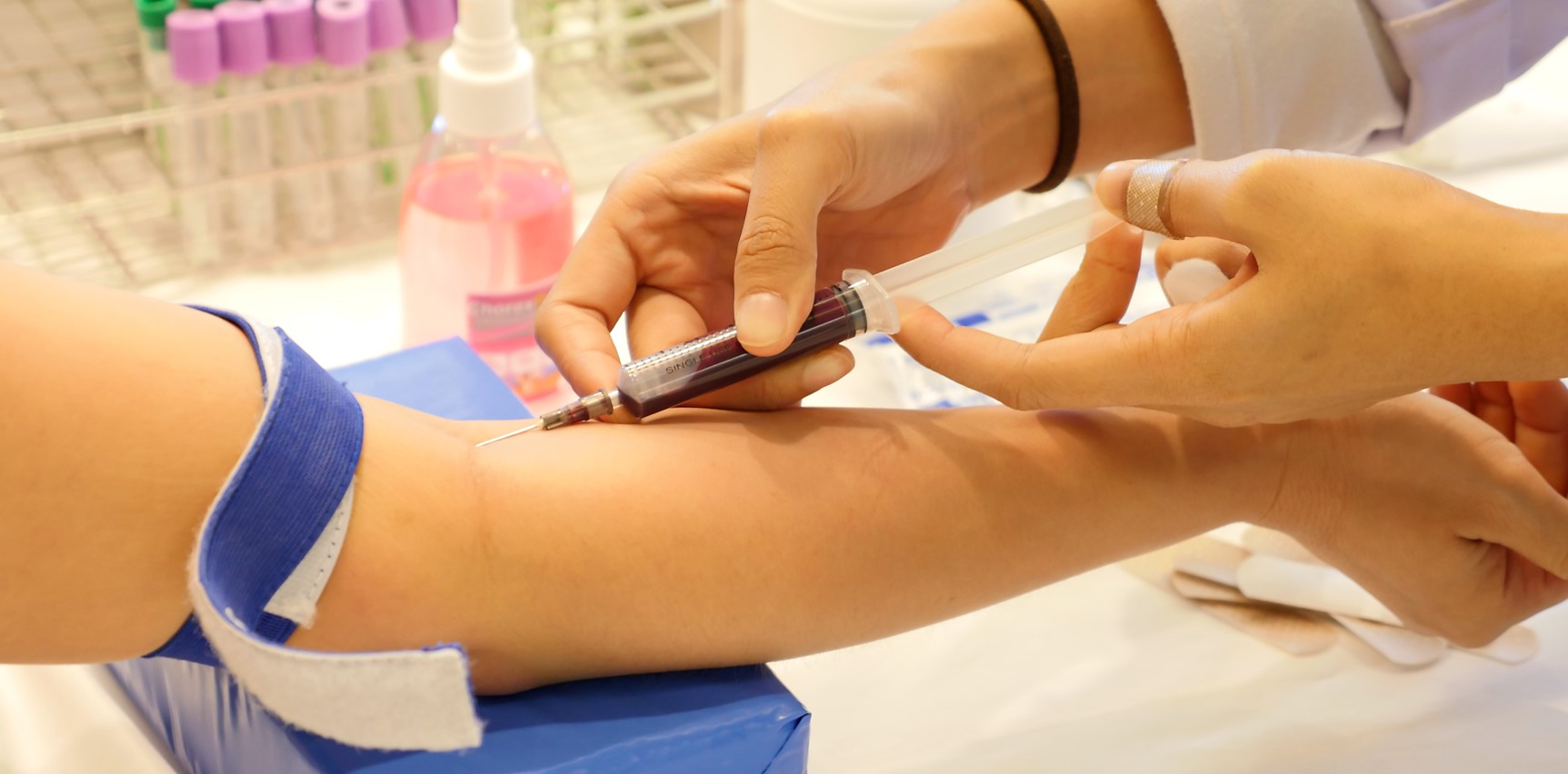About Northeast Medical Institute - New Haven Campus Phlebotomy Course & Cna Class
About Northeast Medical Institute - New Haven Campus Phlebotomy Course & Cna Class
Blog Article
Rumored Buzz on Northeast Medical Institute - New Haven Campus Phlebotomy Course & Cna Class
Table of ContentsThe Greatest Guide To Northeast Medical Institute - New Haven Campus Phlebotomy Course & Cna ClassMore About Northeast Medical Institute - New Haven Campus Phlebotomy Course & Cna ClassOur Northeast Medical Institute - New Haven Campus Phlebotomy Course & Cna Class PDFsThe Northeast Medical Institute - New Haven Campus Phlebotomy Course & Cna Class IdeasThe Of Northeast Medical Institute - New Haven Campus Phlebotomy Course & Cna ClassUnknown Facts About Northeast Medical Institute - New Haven Campus Phlebotomy Course & Cna Class
The use of such gadgets must be come with by various other infection avoidance and control techniques, and training in their usage. Not all safety and security tools apply to phlebotomy. Prior to choosing a safety-engineered gadget, individuals must extensively explore readily available tools to establish their proper use, compatibility with existing phlebotomy practices, and efficiency in safeguarding personnel and patients (12, 33).For setups with low sources, expense is a motoring element in purchase of safety-engineered gadgets. Where safety-engineered tools are not offered, proficient usage of a needle and syringe is appropriate.
Among the necessary markers of quality of treatment in phlebotomy is the involvement and participation of the client; this is mutually valuable to both the wellness worker and the person. Clear information either composed or spoken need to be readily available per client who goes through phlebotomy. Annex F offers example message for describing the blood-sampling procedure to a person. labelling); transportation problems; interpretation of outcomes for scientific administration. In an outpatient department or facility, provide a committed phlebotomy cubicle containing: a clean surface with 2 chairs (one for the phlebotomist and the various other for the patient); a hand wash container with soap, running water and paper towels; alcohol hand rub. In the blood-sampling area for an outpatient division or clinic, offer a comfy reclining sofa with an arm remainder.
Some Known Details About Northeast Medical Institute - New Haven Campus Phlebotomy Course & Cna Class
Guarantee that the signs for blood sampling are plainly specified, either in a written procedure or in documented directions (e.g. in a laboratory form). Gather all the devices required for the procedure and area it within risk-free and easy reach on a tray or cart, guaranteeing that all the products are clearly visible.
Present yourself to the patient, and ask the person to mention their complete name. Check that the research laboratory type matches the individual's identification (i.e. match the client's details with the laboratory type, to make sure precise identification).
Make the individual comfortable in a supine setting (when possible). Location a tidy paper or towel under the person's arm. Discuss the examination to be executed (see Annex F) and obtain verbal permission. The client has a right to refuse an examination at any kind of time prior to the blood tasting, so it is essential to guarantee that the individual has comprehended the procedure.
3 Simple Techniques For Northeast Medical Institute - New Haven Campus Phlebotomy Course & Cna Class
Prolong the client's arm and check the antecubital fossa or forearm. Find a blood vessel of a great size that is noticeable, straight and clear.
DO NOT put the needle where veins are drawing away, since this raises the opportunity of a haematoma. Situating the vein will aid in determining the right size of needle.
Specimens from central lines lug a danger of contamination or incorrect lab examination outcomes. It is acceptable, but not perfect, to attract blood specimens when first presenting an in-dwelling venous device, prior to connecting the cannula to the intravenous liquids.
Examine This Report on Northeast Medical Institute - New Haven Campus Phlebotomy Course & Cna Class
Failure to allow adequate get in touch with time boosts the risk of contamination. DO NOT touch the cleansed site; in specific, DO NOT position a finger over the blood vessel to lead the shaft of the exposed needle.
Ask the person to create a fist so the blood vessels are more prominent. Enter the vein swiftly at a 30 degree angle or much less, and continue to introduce the needle along the blood vessel at the most convenient angle of access - PCT Classes. When enough blood has actually been gathered, release the tourniquet BEFORE withdrawing the needle
Not known Incorrect Statements About Northeast Medical Institute - New Haven Campus Phlebotomy Course & Cna Class
Take out the needle gently and use gentle stress to the site with a tidy gauze or dry cotton-wool sphere. Ask the person to hold the gauze or cotton wool in location, with the arm extended and raised. Ask the patient NOT to bend the arm, because doing so triggers a haematoma.

See This Report about Northeast Medical Institute - New Haven Campus Phlebotomy Course & Cna Class
Do not important link push the syringe bettor since extra pressure raises the threat of haemolysis. Where possible, keep the tubes in a rack and move the rack towards you. Inject downwards right into the suitable coloured stopper. DO NOT eliminate the stopper due to the fact that it will certainly launch the vacuum cleaner. If the example tube does not have a rubber stopper, infuse exceptionally gradually into the tube as reducing the stress and speed made use of to transfer the sampling lowers the risk of haemolysis.

Report this page